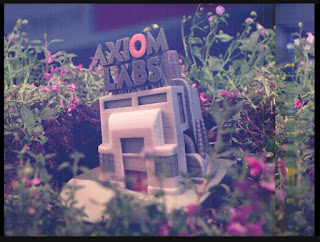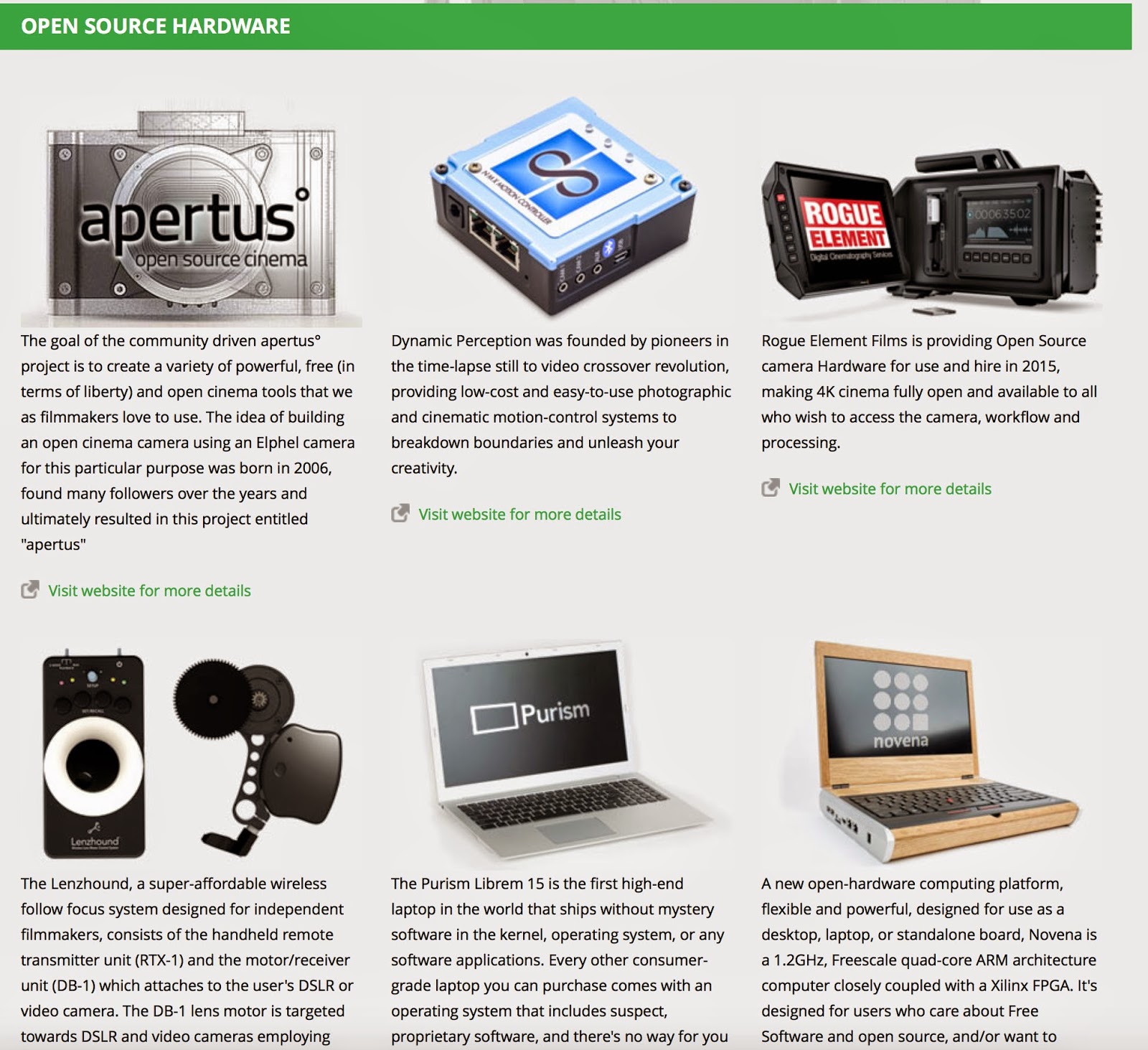AXIOM Ecosystem launched
Submitted by getzingo on Mon, 06/15/2015 - 16:45
AXIOM Ecosystem launched


The current categories in the ecosystem are:
- Operator - you own an AXIOM and/or are familiar with operating it.
- Rental - you plan to offer your AXIOM camera(s) for rent.
- Repairs - you offer fixing or upgrading AXIOM cameras locally.
- Hardware Customizations - you are planning on creating new modules or adapting existing ones; either as service or as an individual product.
- Software - You plan to or already are creating software for and around the AXIOM platform.
- Addons & Accessories - anything that can be used with the AXIOM platform, sales or services.
- Training and Support - sharing AXIOM related knowledge in trainings, workshops or as consulting services.
- Personal lending / rental - you are offering to share your camera with someone who is interested in it - not meant for commercial rental (which has its own category)
- apertus° ambassador - you are interested in introduce the project and philosophy to your local community (or already are actively doing this)
- other - anything not covered by the other categories
Project:











































